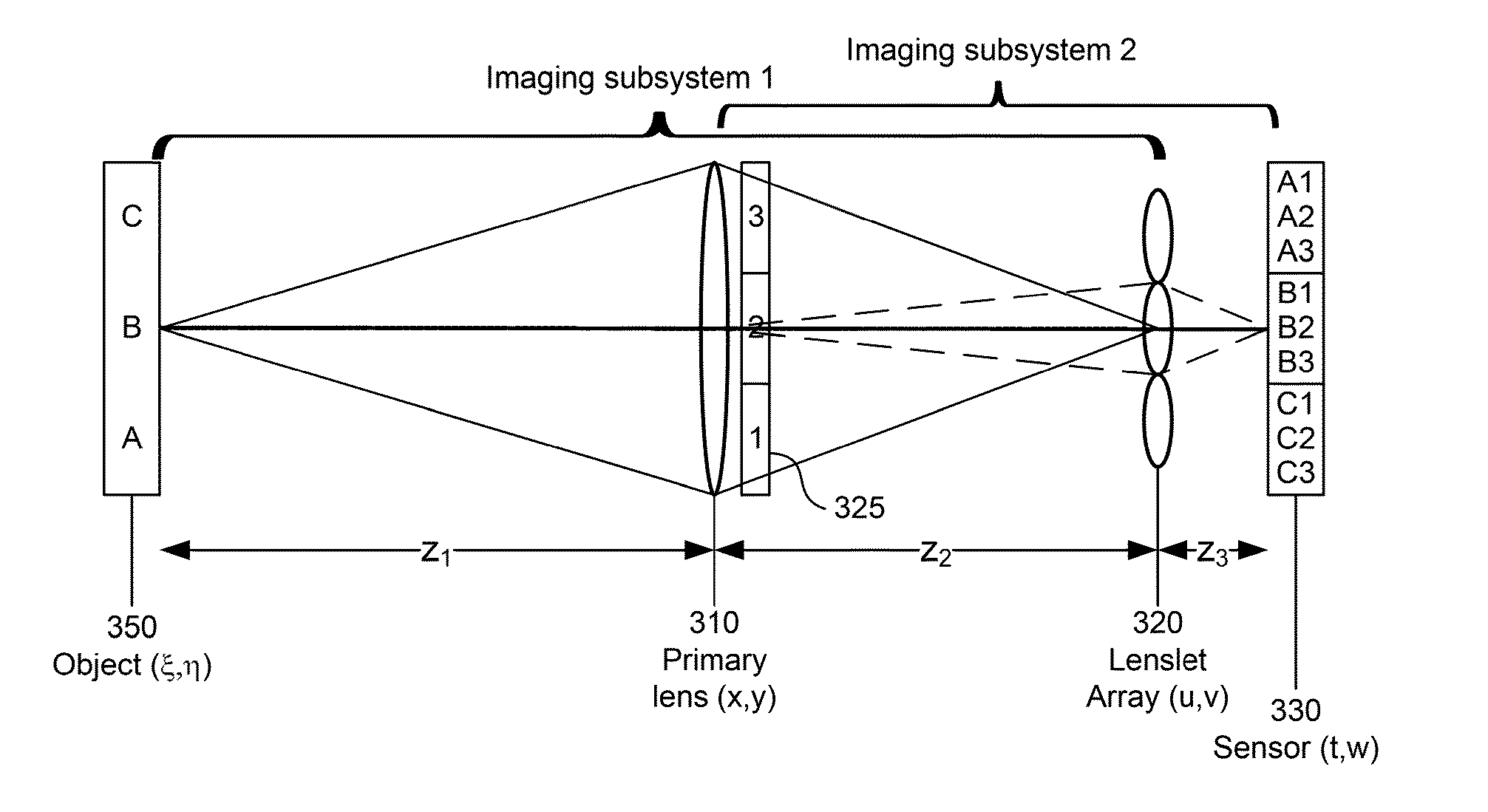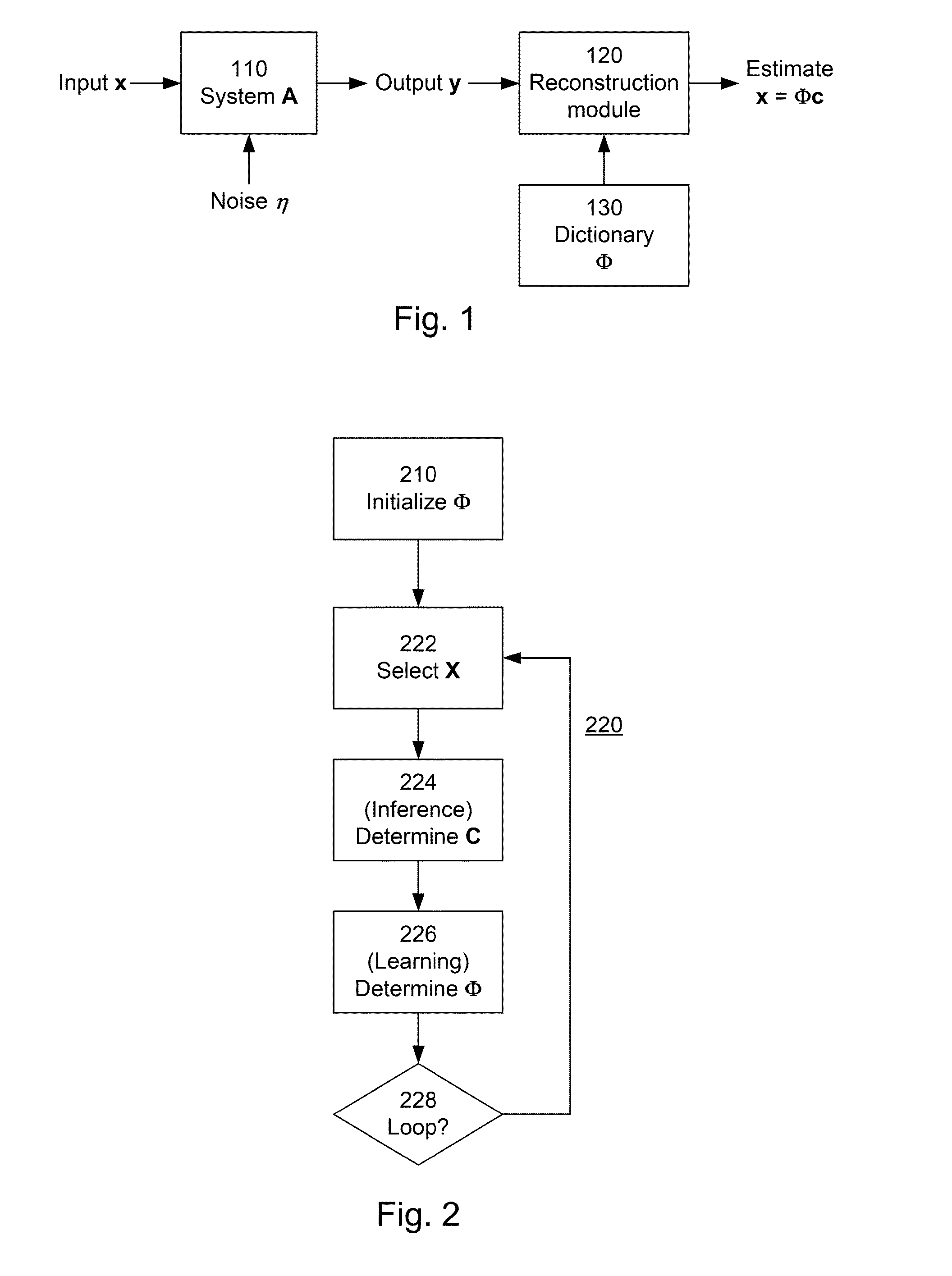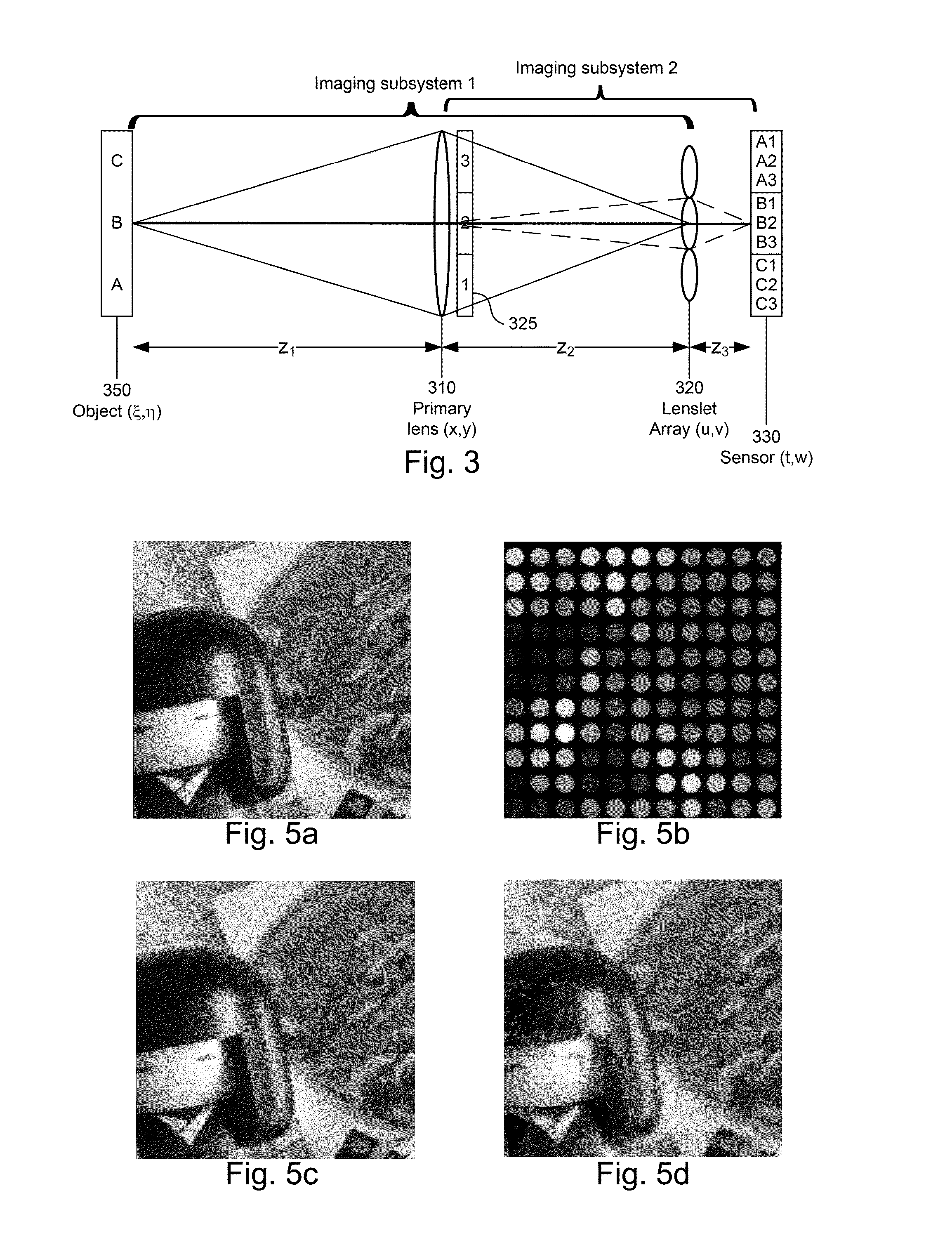Dictionary Learning for Incoherent Sampling
a learning field and incoherent sampling technology, applied in the field of incoherent sampling learning, can solve the problems that the approaches also are not applicable to the reconstruction problem that we address, and achieve the effect of excellent reconstruction results and low coheren
- Summary
- Abstract
- Description
- Claims
- Application Information
AI Technical Summary
Benefits of technology
Problems solved by technology
Method used
Image
Examples
Embodiment Construction
[0023]The figures and the following description relate to preferred embodiments by way of illustration only. It should be noted that from the following discussion, alternative embodiments of the structures and methods disclosed herein will be readily recognized as viable alternatives that may be employed without departing from the principles of what is claimed.
[0024]FIG. 1 is a block diagram of a dictionary-enhanced version of a system 110 according to the invention. The system 110 can be characterized by a linear model
y=Ax+η, (1)
where x represents the input to the system, A represents a system response matrix, η represents system noise and y represents the output of the system.
[0025]The reconstruction problem is to find x, given y and A. In other words, estimate the original input signal, given measurements of the system outputs and given a linear characterization of the system. Since Eqn. 1 is linear, the reconstruction problem is a linear inverse problem. The existence and uniqu...
PUM
 Login to View More
Login to View More Abstract
Description
Claims
Application Information
 Login to View More
Login to View More - R&D
- Intellectual Property
- Life Sciences
- Materials
- Tech Scout
- Unparalleled Data Quality
- Higher Quality Content
- 60% Fewer Hallucinations
Browse by: Latest US Patents, China's latest patents, Technical Efficacy Thesaurus, Application Domain, Technology Topic, Popular Technical Reports.
© 2025 PatSnap. All rights reserved.Legal|Privacy policy|Modern Slavery Act Transparency Statement|Sitemap|About US| Contact US: help@patsnap.com



